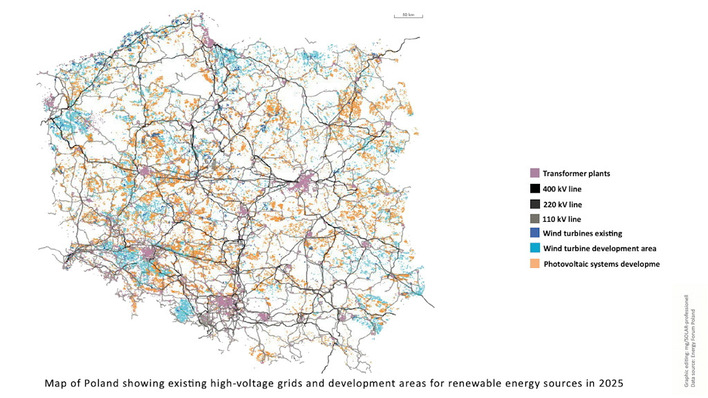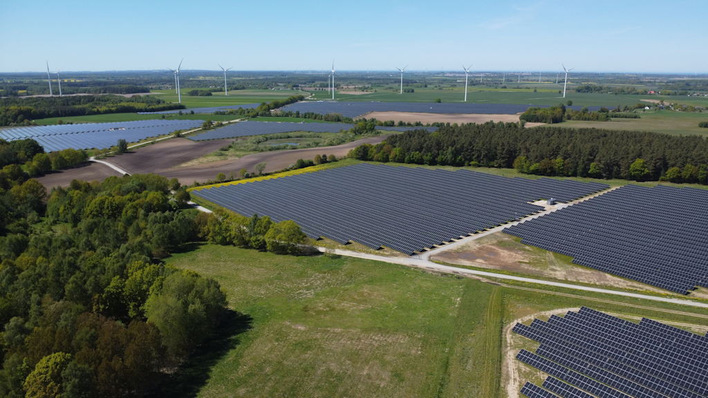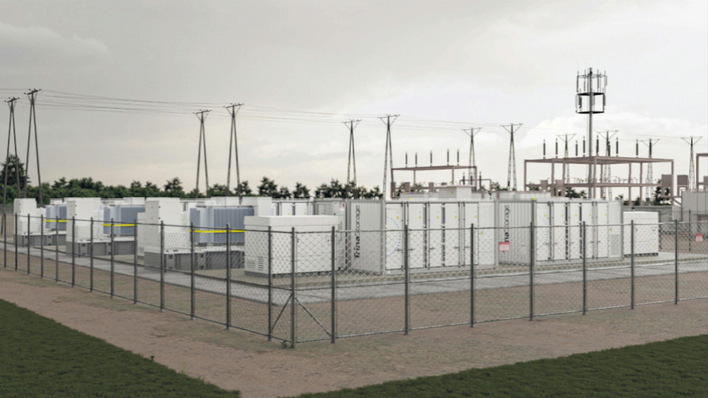DC grids are playing an increasingly important role in modern power generation. Photovoltaic systems and fuel cells work with direct current. So do battery storage systems, which will play an important buffer function in the future. The same applies to IT infrastructures and fast charging stations for electric cars. Direct current also offers a number of advantages for modern, energy-efficient electricity grids in an industrial context.
High savings potential
DC grids can significantly reduce conversion losses between voltage forms in many processes and components. In defined applications, energy savings of over 30 percent were possible.
Also see: The five most important trends of the energy transition
Another advantage of DC grids is that DC installations only require three conductors, whereas conventional three-phase cabling consists of at least four conductors. This means that around 50 percent less copper is required compared to today's conventional cabling. In addition, the power loss of the cables is reduced by around 45 percent.
Also interesting: Interview: "Customers want a system with long-term availability"
Especially for companies that are considering generating their own energy using photovoltaics, or are already doing so and want to store energy with batteries, a direct current infrastructure is an ideal addition for setting up their own efficient and resilient cellular network. (hcn)









